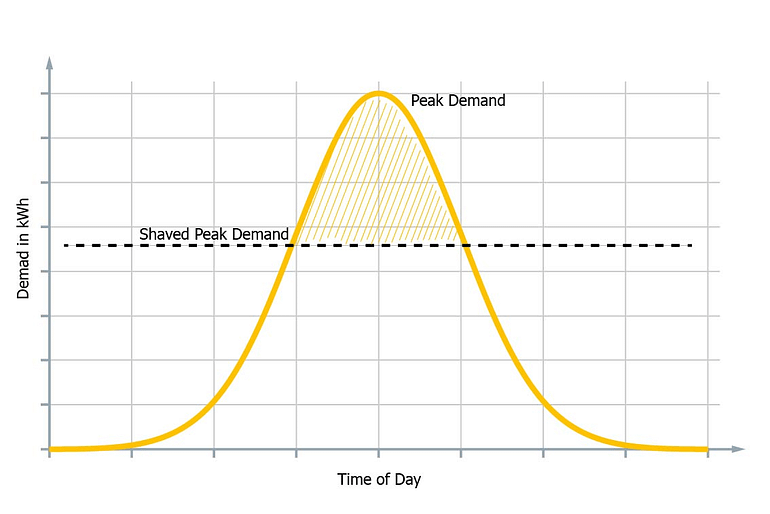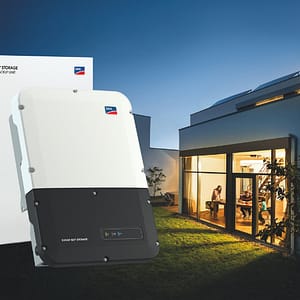November 2nd, 2023
Have you already invested in solar energy and want to become more resilient through creating an even stronger power plant within your home? The next step to your energy independence is a battery storage system engineered around your lifestyle. While the sun typically shines bright in Arizona, there may be unforeseen circumstances in which the grid could go down. To help you better understand how battery storage systems operate, we have put together some thoughts and our opinion.
What are the different battery options & functionalities?
There are two different functionalities for battery storage units: peak shaving and back-up power units.

- Peak Shaving: This is the most common use for a battery supply and provides the highest return on investment. A peak shaving battery does just what it sounds like… it’ll shave the top of your energy peak! The battery will store excess energy to be used during peak utility times, instead of pulling from the grid. This a complex system that can have multiple times and days set with the capability to be changed at any point. This way, you can use your stored solar energy instead of pulling electricity from the grid during expensive, peak times.

- Back-up Power: Batteries with a back-up capability can provide your home with energy security, even when the grid goes down. You will select critical loads within your home, based around your lifestyle and energy usage, to be stored and backed up by the battery. During a power outage, the critical loads backed up will continue to have electricity! Keep in mind, a back-up battery unit will also have the peak shaving capability built into it, so you can have the best of both!
Battery technology paired with solar goes back decades, essentially to the start of the industry when solar cells were used to charge batteries for satellites, off-grid systems and remote applications. Today batteries are more desirable in grid-connected solar applications than ever before. When combined with solar, batteries can store midday energy for daily peak energy shaving, which reduces customer demand during peak hours. For those of you not familiar with time-of-use rates, peak hours are typically late in the afternoon and early evening during the week.
The major roadblock to achieving large-scale adoption of peak shaving residential solar+storage has been and continues to be the financial viability of the project, with cost and battery longevity being the biggest variables. While cost is an important factor, longevity is the biggest issue facing this technology and it’s why American Solar & Roofing has held back from deploying residential batteries en masse.
The EV industry is pushing battery technology en masse and the next generation of battery cells, from companies like QuantumScape, are rapidly approaching. Since EV and Solar+Storage applications typically use the same technology, the next generation of battery technology could flip the script! The recent #QS letter to shareholders calls out one of the main issues with existing battery technology and where new technology is heading:
“Beyond automotive, we remain engaged with prospective customers in the consumer electronics sector, and in Q3, we entered into a technology evaluation agreement with a leading global consumer electronics player. We believe the ability of our solid-state platform to maintain good cycling performance with zero externally applied pressure meets a key design requirement for these applications. The single-layer sister1 cells that we first reported on in our Q3 2022 shareholder letter have now achieved between 1,500 to 2,000 cycles to ~80% discharge energy retention with zero externally applied pressure. For reference, we believe 500 to 1,000 charge-discharge cycles represents a key life cycle threshold for many consumer electronics applications.”
To us this sounds like a big step in the right direction. I’ve seen sub-80% retention happen with current battery tech in less than 500 cycles in residential peak shaving applications here in Arizona. It’s very disappointing and not economical – even with rates like SRP’s E-27, which were designed to challenge the solar industry to bring battery tech to market. We look forward to the next wave of battery technology and getting back to the business of peak-shaving! Until then we will be installing battery-ready solar projects.





